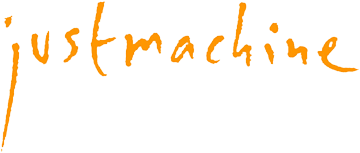The nude–the unclothed or partially clothed human body–has been featured in European art for millennia. After 1400, with the waning of the Middle Ages, artists depicted nudes as increasingly three-dimensional, vibrant and lifelike to be more immediate and real. Both in Italy and in Northern Europe the refinements to the technique of painting in oils that enabled painters to capture textures–of flesh, of hair, of the sparkle in the eye–with unprecedented truth to nature.
The meaningful depiction of the human form became the highest aspiration for artists and their efforts often resulted in figures of notable sensuality. For Christians, however–who represented most of European society at the time–the nude body could be disturbing, arousing personal desire. Their conflicted responses are mirrored in our own body-obsessed era, filled with imagery of nudity.
The Renaissance Nude at the Getty in LA examines the developments that elevated the nude to a pivotal role in art between 1400 and 1530. Organized thematically, the exhibition juxtaposes works in different media and from different regions of Europe to demonstrate that depictions of the nude expressing a range of formal ideals while also embodying a wide range of body types, physical conditions and meanings.
Tuesday, December 25, 2018
Views Into The Future: Rule Breaker In Hollywood
Passion, growth and human experience is slice of heaven in LA. Hollywood is both creative and eccentric, making it naturally receptive to art, design and creative thinking. Staying with my favorite A-listers in tinseltown.
Society And Culture In Full Bloom
Artistic expressions for humanity, humility and gallantry are the talk of the town in LA, streaming live from the King Tut exhibition–treasures of the Golden Pharaoh. An experience so uniquely refined that’s anything but ordinary.
Subscribe to:
Posts (Atom)


































